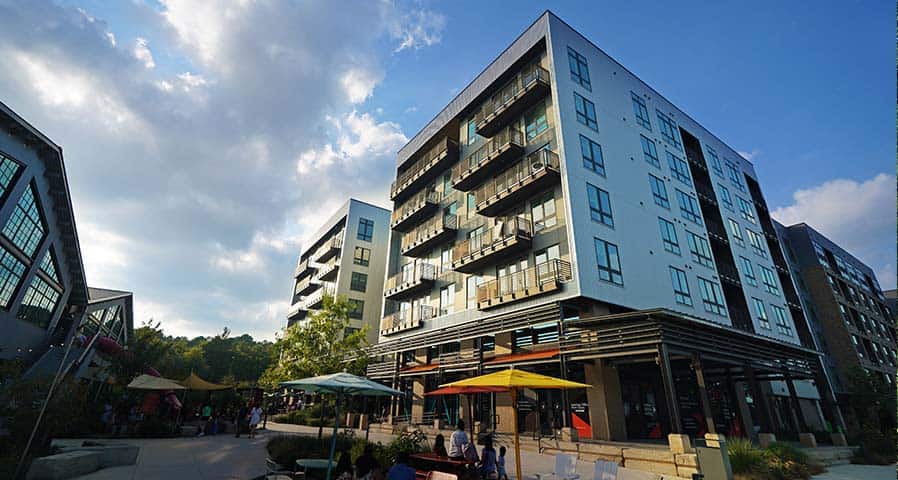The landscape of commercial and industrial lighting is set to undergo a significant transformation with the impending 2025 fluorescent tube ban. As states increasingly legislate against the use of fluorescent lighting due to environmental concerns, the question arises: how will this ban impact lighting rebates? For businesses and facilities that rely on these incentives to upgrade to more energy-efficient solutions, understanding the implications of these changes is crucial.
The Future of Fluorescent Tubes
The movement to ban certain types of light bulbs, particularly fluorescent tubes, has been gaining momentum at the state level in the United States. This initiative is primarily driven by the environmental concerns associated with the mercury content in these bulbs, which poses significant health risks if not disposed of properly. Several states have taken the lead in this effort, with Vermont pioneering the movement by implementing a ban on specific fluorescent tubes as early as January 1, 2024. Following Vermont’s example, California, Colorado, Oregon, and Rhode Island have all set January 1, 2025, as their respective phaseout dates for these bulbs. Meanwhile, Hawaii and Maine have targeted January 1, 2026, for their bans, and Washington State has extended its deadline to 2029. These state-level bans reflect a broader trend of proactive environmental regulation, highlighting the shift towards more sustainable and eco-friendly lighting solutions such as LEDs.
Why the Ban Is Happening?
The ban on fluorescent bulbs is primarily driven by environmental concerns, specifically the hazardous nature of mercury, a key component in these bulbs. Fluorescent bulbs consist of a glass tube filled with mercury vapor and an inert gas, with an internal phosphor coating. When electricity excites the mercury vapor, it emits ultraviolet light, which the phosphor converts into visible light. LEDs, on the other hand, are made from semiconductor materials, typically gallium, arsenic, or phosphorus compounds. When an electrical current passes through these materials, they emit light without the need for hazardous gases or fragile filaments, making LEDs more durable and energy efficient. Mercury is a potent neurotoxin that poses significant health risks to both humans and wildlife if it leaks into the environment due to improper disposal. This shift towards banning fluorescent bulbs is part of a broader movement to eliminate other inefficient lighting solutions as well. For example, federal regulations have targeted incandescent and halogen bulbs because of their high energy consumption and short lifespan compared to more sustainable options like LEDs. These efforts collectively aim to reduce environmental pollution and promote energy-efficient alternatives in the lighting industry.
Landscape of Lighting Rebates
The fluorescent tube ban is poised to significantly impact lighting projects and the qualification process for lighting rebates. Historically, lighting rebates have incentivized businesses to switch from fluorescent to LED lighting, providing financial assistance to cover the upfront costs of upgrading. With the impending fluorescent tube ban, there is a possibility that these rebates may be modified or even discontinued in states where the sale of fluorescent tubes is prohibited. As a result, businesses might face a narrower window of opportunity to capitalize on these rebates for projects involving the replacement of fluorescent tubes with LEDs.
Furthermore, the fluorescent tube ban will likely accelerate the transition towards LED lighting solutions in various industries. Lighting projects that still rely on fluorescent tubes may need to be reevaluated to align with the new regulatory standards. To maximize the benefits from rebates and incentives, companies should prioritize completing their lighting upgrades before the bans take effect. By doing so, they can ensure access to existing financial incentives, which might diminish or disappear post-ban, and contribute to a more environmentally sustainable lighting infrastructure.
Navigate Lighting Mandates with Incentive Rebate360
The upcoming ban on fluorescent tubes marks a pivotal shift in the lighting industry, emphasizing the urgent need for businesses to transition to more sustainable and energy-efficient LED solutions. This shift not only supports environmental conservation efforts but also aligns with regulatory trends pushing for the reduction of hazardous materials in lighting technologies.
Incentive Rebate360 specializes in optimizing rebate programs, ensuring that businesses can take full advantage of the available incentives while upgrading their lighting infrastructure. By partnering with Incentive Rebate360, companies can navigate these regulatory changes more smoothly, secure maximum financial benefits, and contribute to a more sustainable future in lighting technology. Contact us today by calling 480-653-8180, emailing [email protected], or schedule a call that fits your needs by clicking the button below!






0 Comments